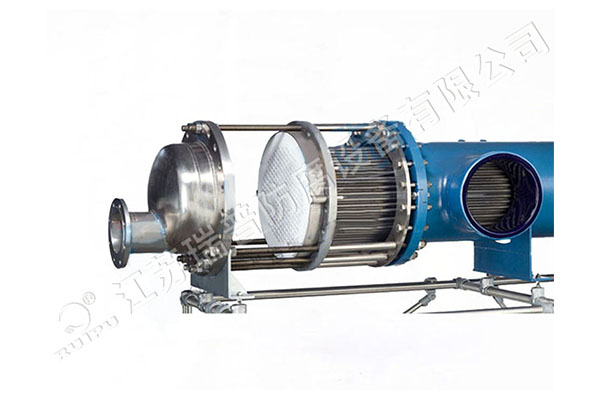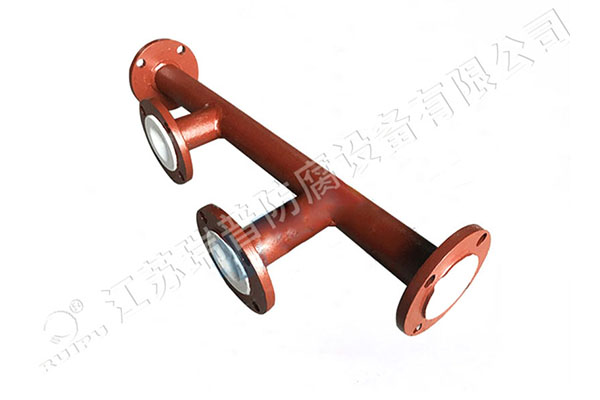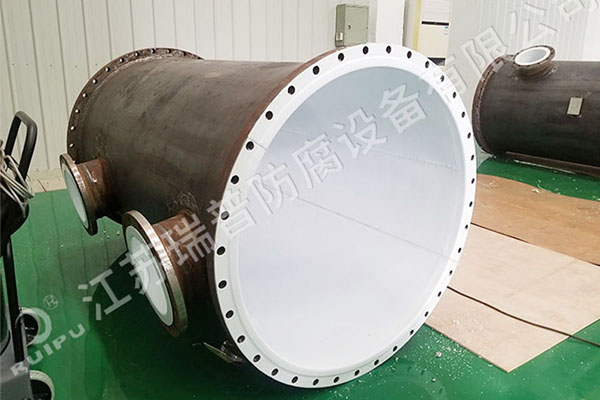Fluid dynamics analysis and optimization in heat exchanger design
Release Time : 2025-02-19
First, fluid dynamics analysis plays a central role in heat exchanger design. It helps designers optimize fluid paths by conducting in-depth research on the flow state of the fluid inside the heat exchanger, thereby improving heat transfer efficiency and equipment performance.
Second, in fluid dynamics analysis, key parameters that need to be considered include fluid velocity, pressure, density, and temperature. These parameters directly affect the heat transfer effect and the operating stability of the equipment. Therefore, mathematical models and computer simulation technology must be combined in the design process to accurately calculate and analyze the fluid dynamics characteristics.
Third, optimizing the flow state of the fluid is an important means to improve the performance of the heat exchanger. By adjusting the shape and size of the flow channel, the flow state and heat transfer characteristics of the fluid can be improved. For example, in a shell-and-tube heat exchanger, a flow channel with a curved shape or a diffuse contraction shape can increase the flow rate and heat transfer area of the fluid, thereby improving the heat transfer efficiency.
Fourth, in addition to adjusting the shape of the flow channel, a texture structure can also be added to the wall of the flow channel to increase the turbulence of the fluid. Turbulent flow can more effectively utilize the surface area of the heat exchanger and improve heat transfer efficiency. Common texture structures include spiral and grid shapes.
Fifth, fluid dynamics optimization also needs to consider the overall layout and structural design of the heat exchanger. Reasonable layout and structural design can reduce resistance and pressure loss in fluid flow and improve the overall performance of the equipment.
Sixth, when implementing fluid dynamics optimization, modern computational fluid dynamics (CFD) software should be fully utilized for simulation analysis. By simulating the heat transfer effect under different fluid flow conditions, the performance of the equipment can be predicted and strong support can be provided for design optimization.
Finally, fluid dynamics analysis and optimization is an ongoing process. With the continuous advancement of technology and the accumulation of experience, designers can continuously optimize the design of heat exchangers, improve their performance and reduce costs.







